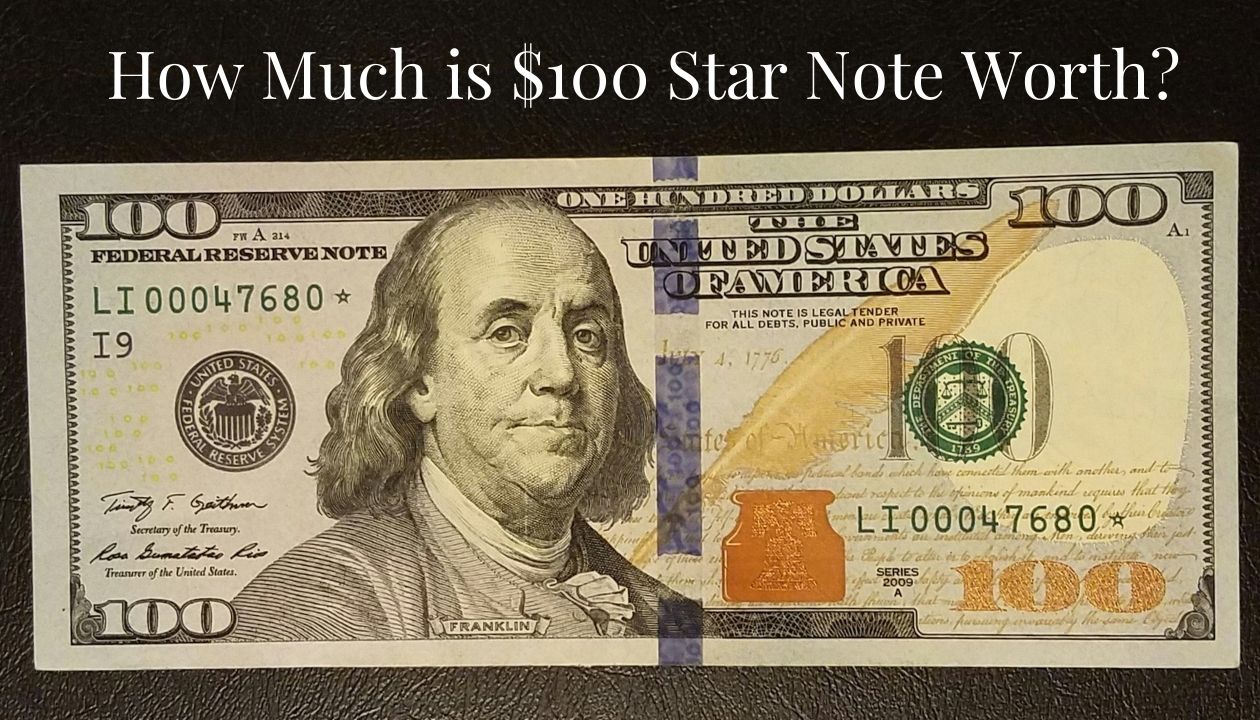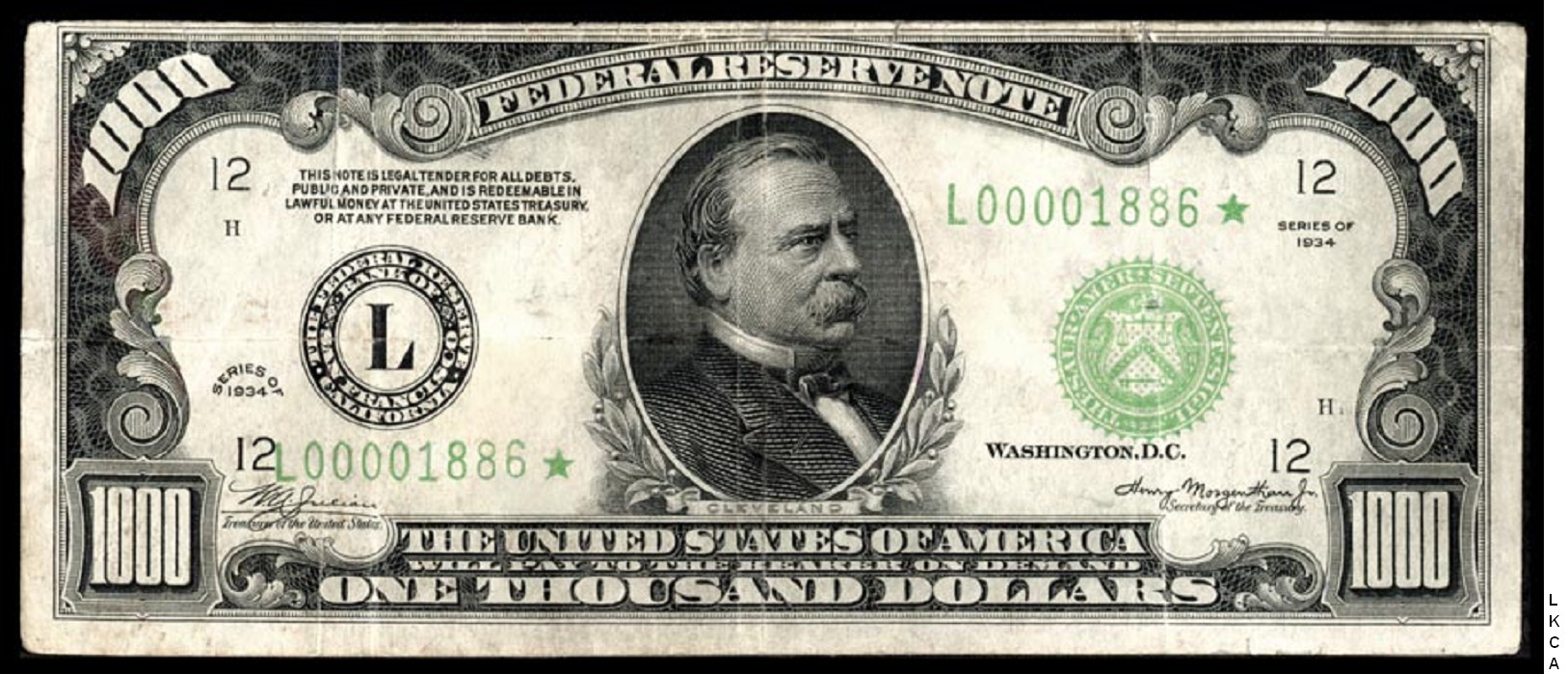
Other collectors put together sets of Star Notes broken down by the Federal Reserve Bank (FRB) - indicated by the first letter of the Serial Number.ĭue to different collecting goals, there is debate whether Star Note print run size or the total quantity printed per FRB is more important for determining value.Ĭollectors generally consider Star Notes from print runs of 640,000 notes or fewer to be rare enough to be worth more than face value.

Some collectors put together sets of Star Notes broken down by each print run. Star Notes get their rarity from the quantity printed and released into circulation. If a less-than-full run of Star Notes is printed, the next run will start at the next closest multiple of 3.2 million.įor example: a printing of 1,280,000 followed by 640,000 followed by 3,200,000 would use these serial numbers:

Sometimes a lower quantity of Star notes are needed, in which case fewer are printed. Star Notes are printed in what are called "runs." For the current printing techniques used by the BEP, the maximum run size for Star Notes is 3,200,000 notes (100,000 32-note sheets). Older types of paper money like Gold Certificates, Silver Certificate, and Legal Tender notes the star was printed at the beginning of the serial number. Modern replacement notes look exactly like normal paper money, except that there is a star printed at the end of the serial number rather than a letter. These are notes that the Bureau of Engraving and Printing (BEP) uses to replace misprinted and damaged currency before it gets released into circulation. If you have any questions that are not addressed on the website, then please let us know.The term "Star Note" commonly refers to Replacement Notes. The links will tell you specific information about pricing and rarity. The links below will take you to pages on our sister site about old currency. In fact, for any green seal federal reserve note to be especially valuable it needs to have a star symbol in the serial number and be a rare issue. There were billions printed, and even in perfect condition there just isn’t much of a market for them.

Almost all federal reserve notes printed after 1949 have very little chance to be collectible. Collectors typically call a federal reserve note a green seal, or a small face. Value of Green Seal Old Style Federal Reserve Notesįederal Reserve notes were first printed in 1928.


 0 kommentar(er)
0 kommentar(er)
